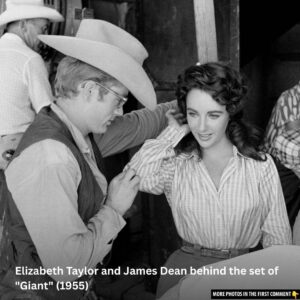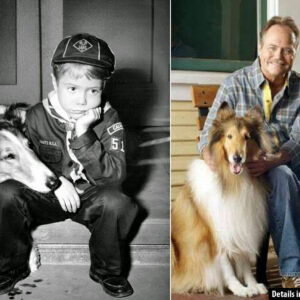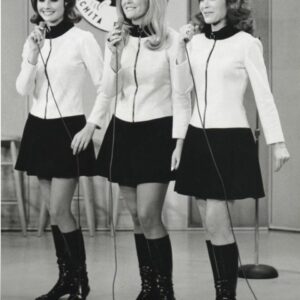In 1947, actor William Boyd made a daring $350,000 investment to buy the rights to Hopalong Cassidy, a character he brought to life in 66 films. This bold move turned the cowboy hero into television’s first Western icon, captivating millions and sparking a merchandising empire. From silver screens to lunchboxes, Hopalong Cassidy became more than a character—it was a cultural phenomenon that bridged generations, redefined entertainment, and cemented Boyd’s legacy as a pioneer in Western storytelling.
Hopalong Cassidy: The Cowboy Legend That Shaped Western Entertainment
Hopalong Cassidy is one of the most iconic and enduring figures in the Western genre. Created by Clarence E. Mulford in 1904, the character began as a gritty, tough-talking cowboy in a series of pulp fiction novels. Known for his limp—earned during a gunfight—Hopalong was a rugged, no-nonsense figure. However, the character underwent a remarkable transformation when actor William Boyd brought him to life on the silver screen in 1935.
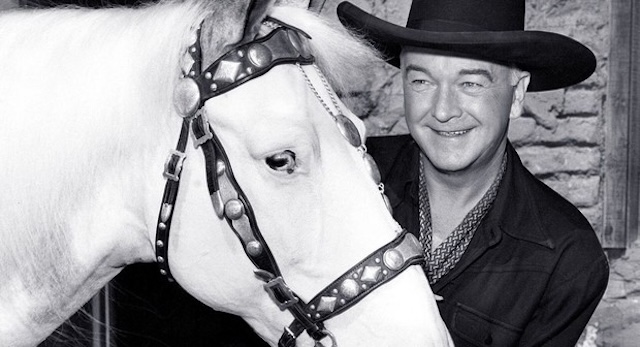
Boyd’s portrayal of Hopalong Cassidy redefined the character into a clean-cut, justice-driven hero. This version of Cassidy didn’t drink, smoke, or swear and always let the villains throw the first punch. Dressed in signature black attire and accompanied by his trusty white horse, Topper, Cassidy quickly became a symbol of fairness and integrity. Over 66 films from 1935 to 1948, Boyd’s Hopalong Cassidy captured the imagination of audiences and set the standard for Western heroes.
Video:
A Gamble That Paid Off: William Boyd’s Bold Investment
By the late 1940s, the popularity of Western films was waning, and Hopalong Cassidy appeared to be riding off into the sunset. However, William Boyd saw an opportunity where others saw a dead end. In 1947, Boyd made a bold move, investing $350,000 of his own money—a staggering sum at the time—to purchase the rights to the Hopalong Cassidy character, films, and stories.
Boyd’s vision was clear: he believed the emerging medium of television could breathe new life into Cassidy. Critics dismissed his gamble, but Boyd pressed forward. In 1949, he began releasing his old films on television, and Hopalong Cassidy became the first Western series to air on a national network.
The response was nothing short of phenomenal. Families across America tuned in to watch Cassidy’s adventures, and the character became a household name once again. By 1950, Boyd had earned an estimated $800,000 from television broadcasts, merchandise, and endorsements. His gamble not only saved Hopalong Cassidy but also cemented Boyd’s legacy as a pioneer in entertainment.
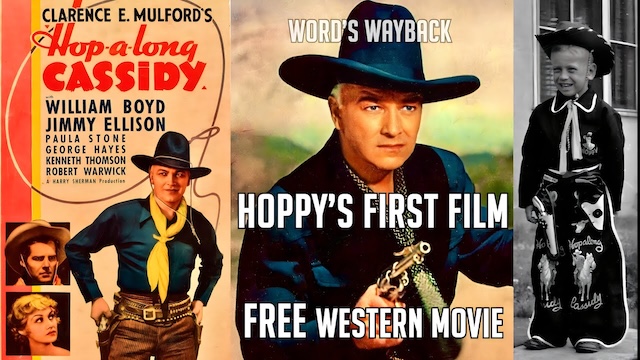
Hopalong Cassidy: A Merchandising Powerhouse
Hopalong Cassidy wasn’t just a television success—it was a marketing phenomenon. More than 100 companies licensed the character for a wide range of products, including roller skates, dinnerware, pillows, and soap. One of the most iconic items was the Hopalong Cassidy lunchbox, which became the first children’s lunchbox to feature a commercial image. Sales soared, with over 600,000 units sold in a single year, setting the stage for decades of lunchbox memorabilia.
By the end of the 1950s, Hopalong Cassidy merchandise had generated over $250 million in revenue. The brand’s success demonstrated the power of combining television popularity with consumer products, making Cassidy one of the first multimedia marketing successes in entertainment history.
A Legacy That Lives On
The success of Hopalong Cassidy ushered in the golden age of television Westerns. Inspired by Boyd’s groundbreaking series, shows like The Gene Autry Show, The Roy Rogers Show, and The Lone Ranger became staples of American television. By the late 1950s, Westerns dominated the small screen, with seven of the top 10 shows in the U.S. belonging to the genre.
Even as Westerns faded in popularity, Hopalong Cassidy’s influence remained. The character has been referenced in literature, music, and pop culture, including in F. Scott Fitzgerald’s The Great Gatsby and holiday classics like “It’s Beginning to Look a Lot Like Christmas.” In 2009, Cassidy’s legacy was commemorated with a U.S. Postal Service stamp, ensuring that his iconic image would endure for generations.
William Boyd’s bold $350,000 gamble transformed a fading movie franchise into a television and merchandising powerhouse. Today, Hopalong Cassidy is remembered not only as a legendary Western hero but also as a testament to innovation, resilience, and the timeless appeal of a hero who always stood for what was right.
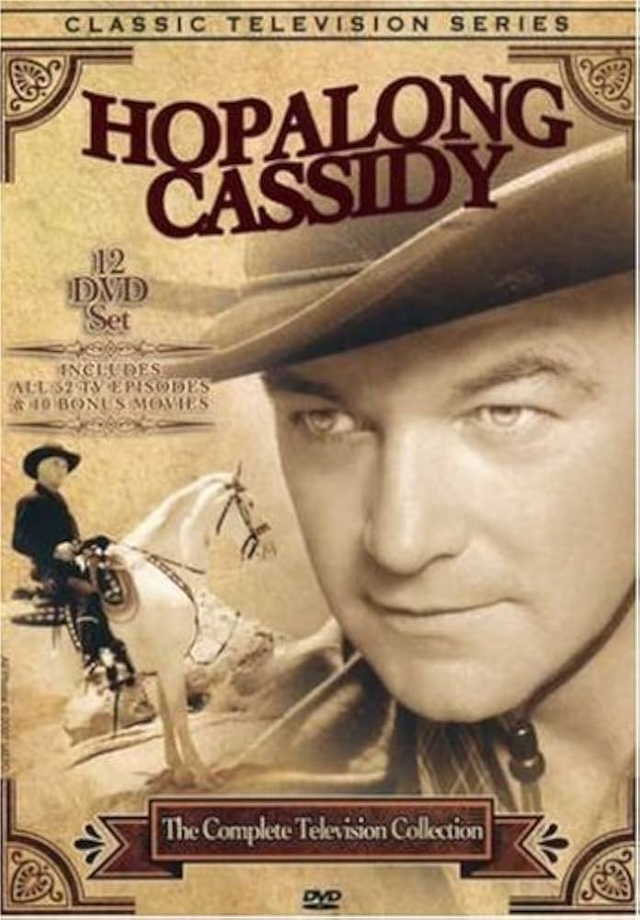
Conclusion: A Timeless Hero and Visionary Legacy
Hopalong Cassidy remains a shining example of how a character can transcend its origins to become a cultural icon. From his rugged beginnings in pulp fiction to his transformation into a clean-cut, black-clad hero on screen, Cassidy captured the hearts of generations. William Boyd’s bold vision and willingness to invest in the character’s future revolutionized not just Westerns but the entertainment industry itself.
By pioneering the transition from film to television and creating one of the first successful multimedia franchises, Boyd ensured that Hopalong Cassidy would be more than a character—he became a symbol of justice, resilience, and the enduring spirit of the Wild West. Decades later, Cassidy’s legacy continues to inspire, reminding us of the power of storytelling, reinvention, and the timeless allure of a true hero.

